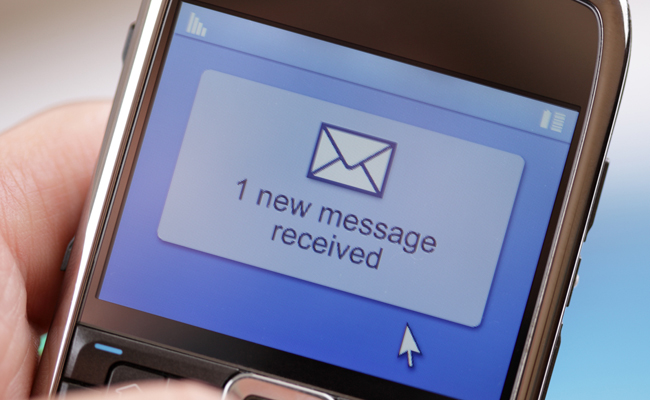OpenMarket – October 15, 2015
Look around you; it may seem as if everyone you see is glued to their phones, but what are they doing? Texting seemingly affects people in different ways.
Even among those who have mastered the art of texting, no two mobile messages are quite the same. Especially when studied across generations, messaging styles and functions vary widely. Texting is a diverse communication strategy.
If it’s such a broad field of activity, then developing a singular message style for texting that will work as part of a corporate communications strategy may be a challenge. To be honest, you probably shouldn’t even try.
To capture the full customer lifecycle through text campaigns might require several different styles of messages, instead. If you think generationally about your mobile messaging campaign, you could give your company a significant edge.
It’s time to start speaking your customers’ language(s).
How to Understand Lifecycle Marketing
Many companies have a niche, but no matter how successful they are there, most of them also dream of expanding beyond that niche. Targeting a single age demographic can be a self-imposed limit dictated by your product, but it can also be a side effect of your marketing strategy.
You should assess the possibility that your branding and communication don’t speak to a broader age range. This is where lifecycle marketing comes in.
The goal of this marketing style is to develop a visionary marketing plan that touches every age group. It grows and develops over time with a particular demographic, but also opens itself more broadly from the beginning.
This kind of marketing has often had a role in corporate communications in the past, but only in recent years has mobile technology use expanded to make lifecycle marketing a truly viable strategy exclusively through texting.
The Power of Texts
Texting is a popular communication method among consumers, but it tends to rank poorly with companies that don’t understand the power of the medium. In fact, it’s precisely the feature that many companies cite for not using SMS in marketing — it’s “too personal” — that gives it such great appeal.
Customers love text messages because they feel as if they have a closer relationship with a company. After all, people text with friends and family and wouldn’t it seem desirable for your company to feel like a close friend?
Another reason customers love texting is that it’s really quick and easy. It may seem like an inconvenience to navigate to a new site and take a survey or answer a question, but a quick text response — “text A if…” — takes only a few seconds.
And if you don’t want to engage, the delete button is right there. Ease of use should always be a design consideration, and SMS certainly fits this criterion.
The “Voice” on the Line
If you’re going to make lifecycle marketing work effectively for your business, you’re apt to recognize fairly quickly that the voices behind your messages can’t all be the same. Rather, you need a variety of realistic personas that your customers can relate to.
A youthful tone with informal grammar may work well for twenty-somethings, but it won’t work effectively for their parents. If a person were to speak in a variety of ways, it would be regarded as code switching, but as a firm you have an opportunity to invent unique characters with different voices.
Reach the Senior Sector
Cell phones have been around long enough that the older generation has adopted them and learned to text alongside their kids. They’ve got the technology, and they have the proficiency.
But if you want to use mobile messaging as part of your communication strategy with this demographic group, don’t pull any fancy tricks. They may not respond as well to text message surveys, and they’ll probably prefer that you punctuate correctly … but if you keep it simple, the older audience will see you as the tech-savvy company you already know you are.
Texting Generation Z
Depending on your business, generation Z might not factor into your communications strategy yet. They probably don’t have much of a need for cloud-based security or HR services.
But the time will come. Who is generation Z, anyway? Primarily the under-18 set, generation Z grew up with phones in their hands.
In fact, most of them learned how to text as soon as they learned how to spell (if they did), and they can operate an iPhone in their sleep. Because they’ve always had access to texting and other mobile technology, generation Z sets the bar high when it comes to mobile appeals.
If you plan to include this group as part of your lifecycle communication strategy, this is where you can pull out all the stops. Generation Z responds well to interactive texting strategies such as polls or pictures. They also know their way around a messaging app.
The OpenMarket Advantage
Lifecycle marketing is a powerful communication strategy that almost any firm can adopt with a little effort. If you’re mulling the potential of lifecycle marketing via mobile messaging for your company, contact OpenMarket today. Since we’re mobile messaging leaders with great communications experience in serving large enterprises, we can help you devise a strategy perfectly suited for your company.





